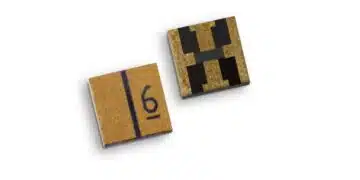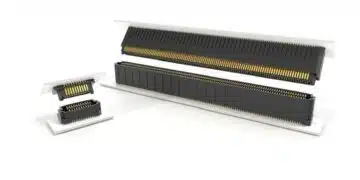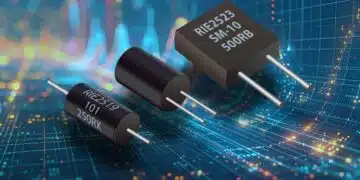Source: Taiyo Yuden news
TAIYO YUDEN CO., LTD. has announced the mass-production of the AEC-Q200 (reliability qualification test standard for automotive passive components) qualified noise suppression component, power chip bead inductor FB Series Type T, FB TH1608 (1.6×0.8×0.8 mm).
This product is a noise suppression component for power lines used in powertrains and other automotive components such as engines and transmissions, as well as communications infrastructure devices such as servers and base station communication devices.
Based on our unique internal structure and sophisticated material technology and structural design, FB Series Type T has achieved an operating temperature of 150°C and is suitable for wideband noise suppression up to GHz frequencies.
Commercial production of this product started in September 2019 at our overseas subsidiary TAIYO YUDEN (PHILIPPINES), INC. (Lapulapu City, Cebu, Philippines) at a rate of 10 million units per month. The sample price is 100 yen per unit.
Technology Background
Vehicles produced recently are equipped with an ever greater number of electronic control units, typified by Advanced Driver Assistance System (ADAS) units. Each electronic circuit requires EMC measures to reduce external and internal noise and to prevent malfunctions or other glitches. In addition, since more ECUs are installed in the engine bay, subject to high temperatures, electronic components used in the ECUs must possess high heat resistance as well.
In response to this situation, TAIYO YUDEN commercialized FB Series Type T, FB TH1608, in which our unique internal structure is adopted. By sophisticating material technology and structural design, we have realized wideband noise suppression up to GHz frequencies with an operating temperature of up to 150°C achieved.TAIYO YUDEN focuses on the development of products that meet market needs, and will continue to expand the product lineup of chip bead inductors.
Application
Noise suppression component for power lines used in powertrains and other automotive components such as engines and transmissions, as well as communications infrastructure devices such as servers and base station communication device































